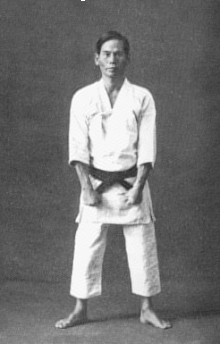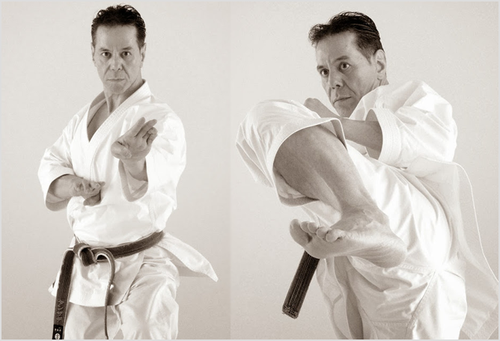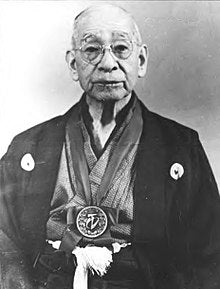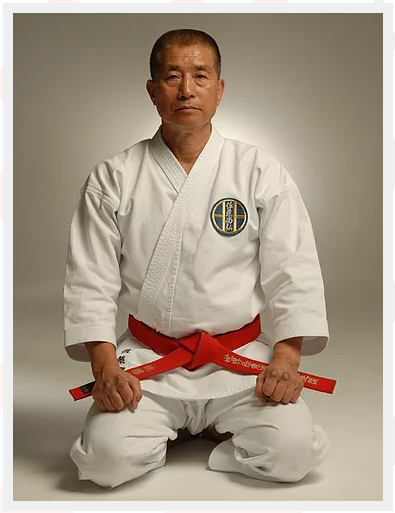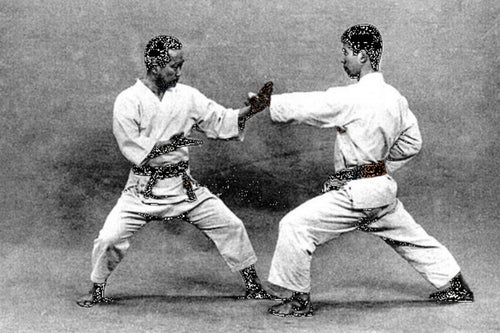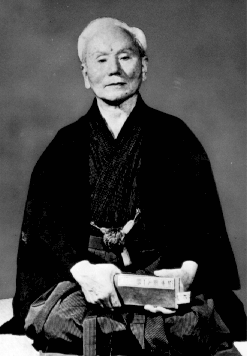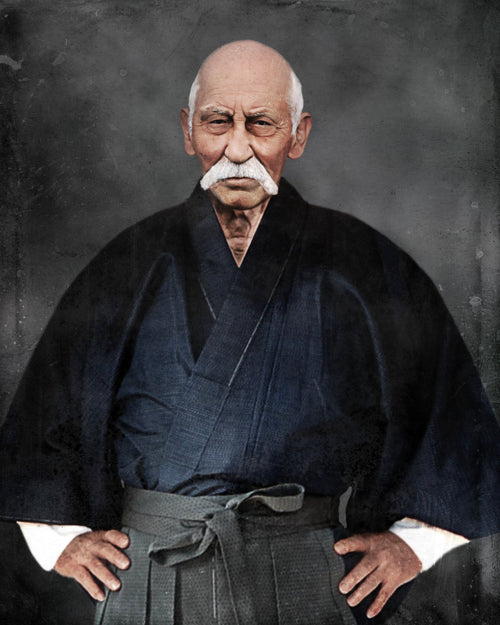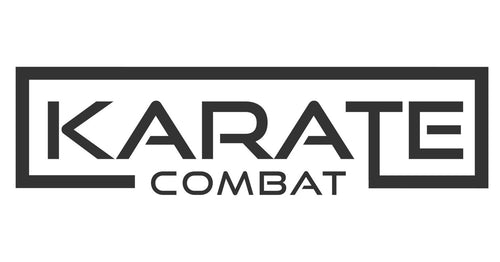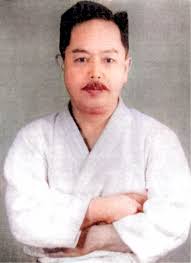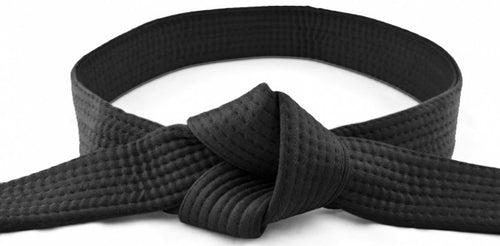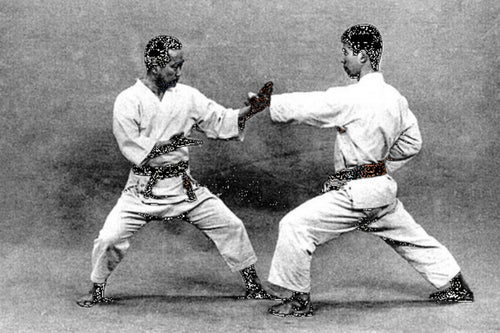Exploring the World of Karate: A Beginner's Guide
Karate, a traditional martial art originating from Japan, is a fascinating discipline that combines physical fitness, self-defense techniques, and mental focus. In this beginner's guide, we will delve into the world of karate, exploring its history, key principles, training methods, and benefits.
The History of Karate
Karate traces its roots back to ancient Okinawa, a small island in Japan. It evolved from the indigenous martial arts practiced by Okinawan peasants, who sought to defend themselves against bandits and invaders. Over time, these techniques were refined and organized into a systematic discipline, known today as karate.
1. The Influence of Chinese Martial Arts: Karate was heavily influenced by Chinese martial arts, particularly Kung Fu. This influence can be seen in the various stances, strikes, and blocks employed in karate.
2. Development of Different Styles: Karate has branched out into different styles, each with its own unique characteristics and training methods. Some popular styles include Shotokan, Goju-Ryu, Wado-Ryu, and Shito-Ryu.
The Key Principles of Karate
Karate is not just about physical techniques; it also encompasses a set of core principles that guide practitioners. These principles are rooted in discipline, respect, and self-improvement.
1. Discipline and Focus: Karate cultivates discipline and focus through rigorous training routines and the adherence to strict codes of conduct.
2. Respect for Others: Respect for others is a fundamental value in karate. Practitioners are taught to respect their instructors, training partners, and opponents.
Training Methods in Karate
Training in karate involves a combination of physical conditioning, technical drills, and sparring sessions. Here are some common training methods used in karate:
1. Basics and Kata: Practitioners spend a significant amount of time mastering the fundamental techniques, such as punches, kicks, and blocks. Kata, a series of predefined movements, helps develop coordination, balance, and fluidity.
2. Kumite: Kumite, or sparring, allows practitioners to apply their techniques in a controlled and dynamic environment. It improves timing, reaction speed, and decision-making under pressure.
The Benefits of Practicing Karate
Aside from self-defense skills, karate offers a wide range of physical, mental, and emotional benefits:
1. Physical Fitness: Karate is a full-body workout that enhances strength, flexibility, cardiovascular endurance, and coordination.
2. Self-Confidence and Self-Discipline: Through consistent training and overcoming challenges, practitioners develop self-confidence and self-discipline, which extend to other areas of life.
3. Stress Relief: The focused nature of karate training helps reduce stress and anxiety, promoting mental well-being.
4. Improved Focus and Concentration: The practice of karate requires concentration and mental focus, leading to improved cognitive abilities.
Whether you are looking to improve your fitness, learn self-defense, or embark on a journey of personal growth, karate provides a holistic approach to physical and mental development. By understanding the history, principles, training methods, and benefits of karate, you can begin your journey with confidence and enthusiasm.





